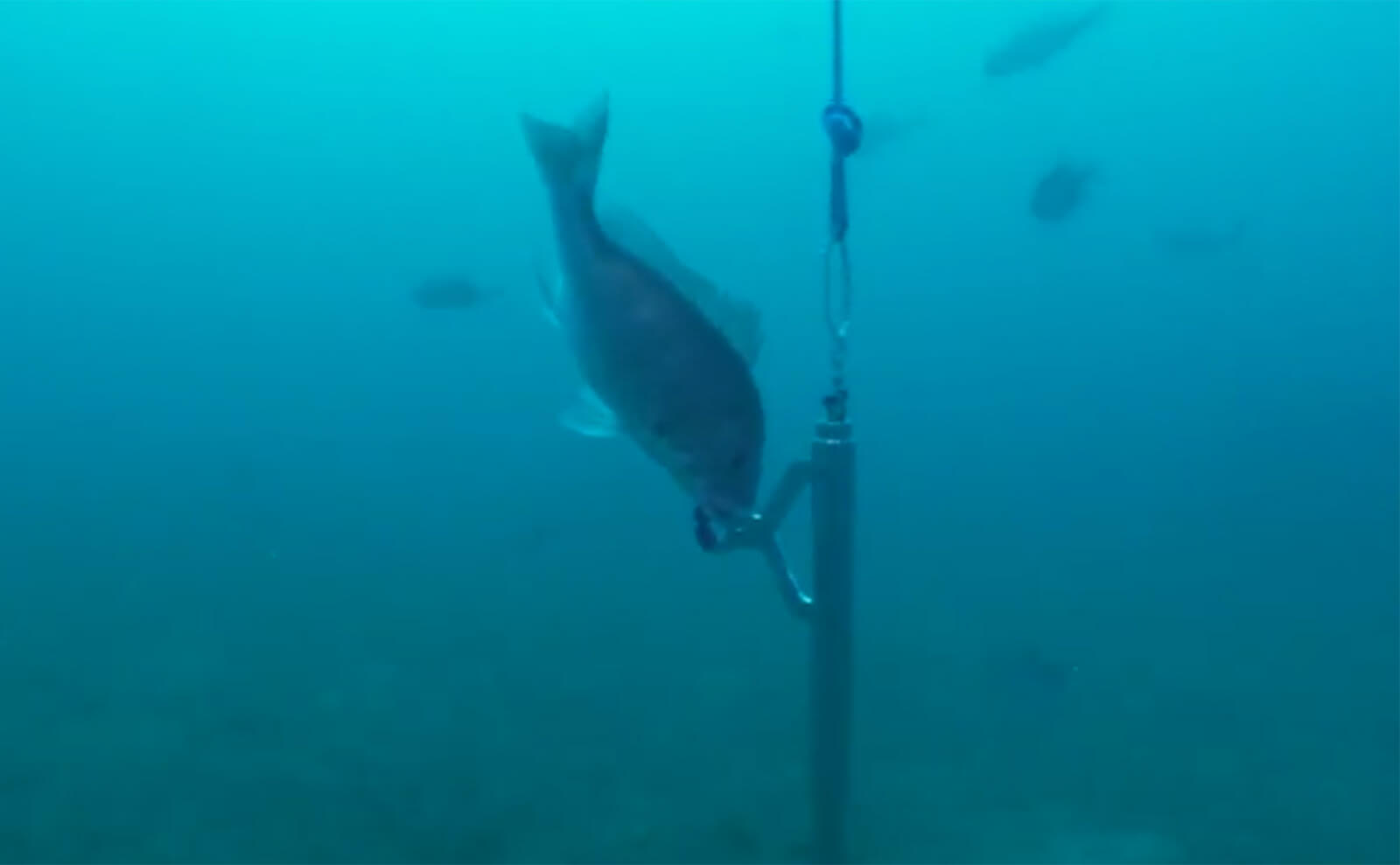
Do your homework on the species you may encounter and figure out what equipment you’ll need to bring.

Always bring extra hooks and line, a net or cradle, long nose pliers, wire cutters, jaw spreaders, and rubber gloves.

Non-offset, non-stainless steel, barbless circle hooks are easier to remove, quicker to self-shed, and minimize injury to you, your catch, and other protected species.

Bring dehooking and recompression tools to facilitate the release process and minimize the effects of barotrauma for deeper water species.

Skip handling altogether by releasing the fish in the water with a dehooker.

Wait for the fish to calm down before handling it. Give yourself and the fish time to recover from the stress of the fight.

Wet your hands before handling a fish. This preserves the protective slime on its skin, which is crucial for its ability to fight infections and swim post-release. If you must, wear rubber gloves, but steer clear of cotton towels and gloves.

Limit handling time and air exposure to under 20 seconds. Even better, take the picture while holding the fish right over or in the water.

Use a knotless rubber net with a large mesh when landing a fish to minimize fin fraying, mucous loss, and skin abrasions. Using a net instead of your bare hands also prevents injuries that may result from dropping.

Depending on its size, hold the fish with one hand behind the gill plate/pectoral fins and another at the midsection/tail.

Hold the fish horizontally to avoid placing stress on its internal organs or dropping it.

Never gaff a fish you plan to release.

Never suspend a fish by its mouth or lips

Never throw a fish overboard. Release it gently in the water.

Never move the fish around in the water, which damages their gills. Simply hold it into the current.

Snip Snip
If the hook is buried deep, cut the line as close to the hook as possible and release it. Its life is worth more than the hook.

Be Gentle
Lower the fish gently into the water and hold it into the current, allowing water to pass through its gills. Cradle it until it swims away by itself.

Barotrauma (“pressure shock”) is the expansion of gases in a fish’s swim bladder and other body cavities that prevents the fish - typically a snapper or grouper - from swimming back down after release. This incapacitates them and can be fatal if not properly addressed.
When you pull up a fish from a depth that is below 30 feet, you may see indicators of barotrauma, such as bulging eyes, sluggish swimming, a bloated belly, or a protruding stomach from the mouth.
To increase the survivability of a fish suffering from barotrauma, return the fish into the depth of capture as quickly as possible with recompression tools (ex. descender devices, release weights, and release baskets), which are required on board when fishing in some areas. This recompresses the swim bladder and re-establishes the fish’s equilibrium. If rapid descent is not possible, use a venting tool to release the gases in the fish’s swim bladder, allowing it to swim back down into the depths by itself. NEVER use a knife or puncture a fish’s protruding stomach.
This descender device mechanically releases the fish when the it hits bottom. Photo taken from video: NOAA Fisheries